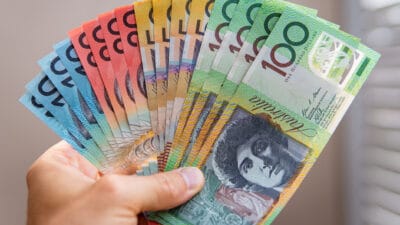One of the most overused words in the world of ASX share market investing is surely 'balanced'. Every financial advisor under the sun will tell you the benefits of having a 'balanced' or 'diversified' portfolio.
It's even what most superannuation funds usually call their most popular portfolio options. And yet it's one of the topics that many investors struggle with the most. Perhaps even inadvertently.
So what does this fabled concept really mean?
When people talk about a 'balanced' portfolio or a 'diversified' portfolio, they are essentially talking about the same thing. 'Balanced' usually refers to a share portfolio's ability to weather adverse events, either in a specific company, a specific sector, or even an entire economy.
Let's take an ASX dividend investor. If this investor had a portfolio of eight dividend-paying companies, and five of them were ASX bank shares, the investor might think they are diversified because they hold five different banks.
Yet any bank that operates in Australia is exposed to the same risks. If there is a problem with the Australian banking system, all banks will be affected. If there is a change to company tax rates, all banks will be affected. And the investor's portfolio will be too. Dramatically. As such, this would not normally be considered a 'balanced portfolio'.
Instead, consider this. The ASX dividend investor owns just their favourite ASX bank, among a portfolio of 15 other top ASX dividend shares. In this scenario, the investor is far more protected against bank-specific woes. Hence, the portfolio is far more 'balanced'.
Perfectly balanced, as all things should be?
But balance doesn't always just mean diversity amongst ASX shares. We are still one small-ish country in a very big world. Our currency is also rather fickle due to our economy's exposure to the volatile mining industry. That's why you'll find that Australian shares as a whole usually make up less than half of the typical 'balanced' superannuation fund.
Most of these balanced funds will have some international shares thrown in, partly to balance out currency risk. They'll also usually hold assets that aren't shares at all, such as cash, property or government bonds. These assets can balance out the volatility of shares, which is a big concern for some investors.
So how much balance should we all aim for? Well, that's a question with no right or wrong answer – nothing can be 'perfectly balanced' anyway.
If you know a sector inside and out, warts and all, such as tech, you might not feel the need to diversify away from it at all. If you don't know too much about investing in general, or find it utterly boring, you might want to go for as much diversification as possible.
Perhaps if you're comfortable with the volatility that shares can bring, you might not feel it necessary to invest in other safer asset like cash or bonds. There's nothing wrong with a diversified portfolio of ASX shares, perhaps with some international ones thrown in as well.
The only right answer when it comes to how 'balanced' your portfolio should be is how comfortable you are with its balance in the first place. As long as you understand the risks and potential benefits of your choice, that is.









